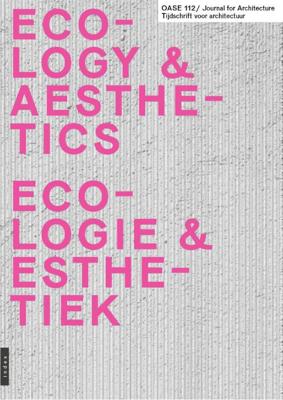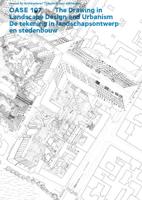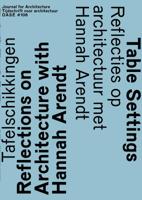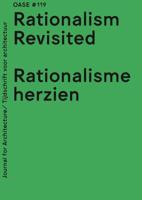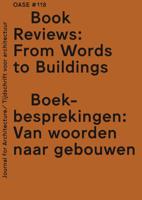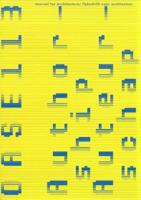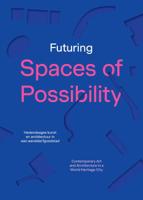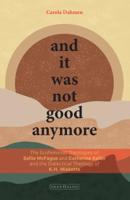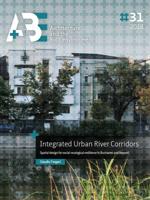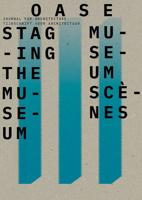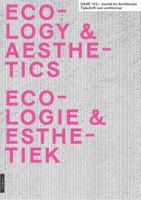
OASE 112 (Paperback)
In recent decades, the field of architecture has witnessed a fundamental shift under the banner of 'ecology': from the innovation in energy technologies to the use of circular materials and climate-neutral building solutions - today, more than ever, the construction of a building seems to be dominated by an ecological awareness. At the same time, such sustainable thinking often places ecological questions outside of the design itself, in the hands of experts and within the logic of quantitative calculation, while the building disappears into the ephemerality of life cycles and network models. By focusing on the intersection between ecology and aesthetics in architecture, however, this issue of OASE situates the thinking about such issues at the heart of the discipline. It asks: how do ecological questions materialise in architecture? And what aesthetic practices are able to shape the perception of these ecological questions? Through a series of concrete projects, the contributions in
24,95

